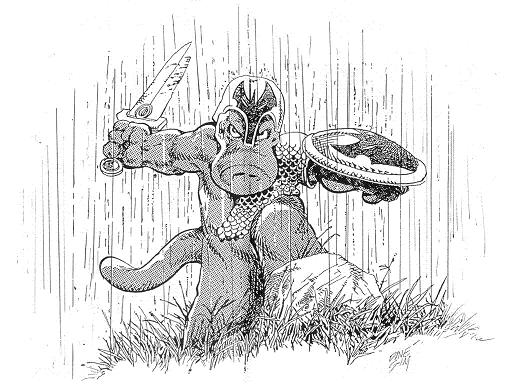This bit in Stephen Fry’s excellent series on language, Planet Word piqued my interest, as he goes into the standard spiel about the marvels of Shakespeare’s vocabulary. It continues with Stephen Fry making the case for him as not just the greatest writer in English, but arguably in any language, a not uncommon view. It annoyed me a bit, this unquestioned image of Shakespeare as a towering genius no other writer can be compared to.
And it turns out I’m not the only one who gets annoyed by this myth making. As Shakespeare scholar Holger Syme argues, this sort of inflated view of Shakespeare plays right in the hands of those who would deny the very existence of him but as a mask for someone they’d think more suited for the role of world’s best writer:
The tendency to discuss Shakespeare in isolation from other dramatists (if not in isolation from his cultural surrounds) is one feature of mainstream scholarship that mirrors a similarly exclusive focus on the part of the self-proclaimed skeptics. This parallel is partly what I had in mind when I called Bardolatry anti-Stratfordianism’s twin in my last post. It’s no coincidence that historically, the authorship controversy only came into being once Shakespeare had been elevated to the status of unparalleled genius, and it certainly seems to me that people writing in praise of Shakespeare have done almost as much damage as those out to undermine his authorial identity.
Because the standard view of Shakespeare sees him as standing apart and above his contemporaries, it becomes more plausible to assume that therefore he cannot have been the simple actor-poet he appeared to be, ergo somebody more elevated must’ve written his plays for him, be it Francis Bacon or the17th earl of Oxford. But once you do put him back into the context in which he lived and worked, it turns out that actually, Shakespeare was not that special and his achievements become more understandable:
Two things stand out to me in Craig’s analysis. The obvious one is how directly his arguments contradict the notion that Shakespeare was exceptionally knowledgeable. As Craig and others suggest, Shakespeare’s artistry lies in the inventive ways he uses his words — his knack for putting simple words in the service of a complex thought, or for arranging usual terms in an unusual way; his ability to connect images and ideas, to use words to bring thought, things, and people to an imaginary life. That, however, seems to me much closer to a talent than to a skill.
[…]
In other words, there appears to be no direct connection between levels of formal education and verbal prodigiousness: Fletcher, as a bishop’s son surely the most culturally elevated of the thirteen, barely ranks above obscure Robert Wilson in vocabulary. It may seem predictable that university wits like Greene, Marlowe, or Peele should be fonder of verbal variety than Shakespeare, but that Dekker uses over 100 more distinct words per play than him may come as a surprise. Webster and his more Baroque register, Jonson and his ambition to display his autodidactically acquired learning — it makes sense that such writers made use of more words than the man who supposedly had a larger vocabulary than anyone, ever, once one steps outside the echo-chamber of Bardolatry. And of course not a single person on Craig’s list can boast an aristocratic background. The most prodigious of them all, John Webster, may even have continued to run his father’s coach-making business at the same time as he was writing the most verbally rich plays of his age.
Crudely summarised: because we know more of Shakespeare’s work, as he wrote more and/or more of his work survived, not to mention because we pay more attention to it, he seems to be much more extraordinary than he actually is. Once restored to his proper context, his achievements are still spectacular but not inhumanly so.

